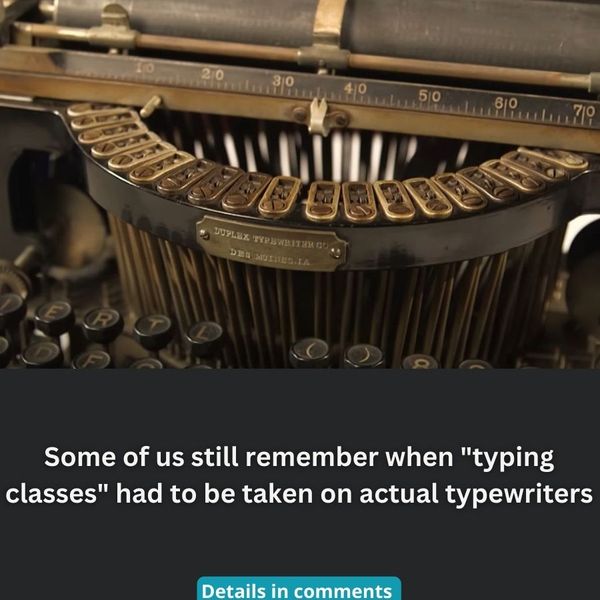
In this age of digital screens and instant messaging, it’s hard to imagine a time when typing was a physical art form. The rhythmic dance of our fingers across the keys, the satisfying clickety-clack of each letter being imprinted on paper – these were the joys of using a typewriter.
The typewriter, a marvel of engineering that required no electricity, was not an instant sensation when it was first introduced in the late 1800s. It took time for this revolutionary device to gain momentum and become a household name.
Christopher Sholes, a printer from Milwaukee, alongside Carlos Glidden, created the first commercially successful typewriter. Their invention was nothing short of a design marvel. The introduction of the QWERTY keyboard layout, which we still use today, was a stroke of genius. It prevented letter jamming by spacing out commonly used pairs. Little did they know that this mechanical solution would shape the way we interact with keyboards for centuries to come.
The typewriter had a profound impact on the American workplace, particularly in terms of gender roles. Initially dominated by men, the introduction of the typewriter led to a significant shift. By 1910, around 80% of professional typists were women. This marked a social revolution, redefining gender roles within the professional world.
To provide a quieter typing experience, inventors went to great lengths to improve typewriter design. The Nodin typewriter, aptly named for its silent operation, was a rare gem in this ongoing evolution. But it’s not just the Nodin that captured people’s hearts. The mechanical simplicity and tactile feedback of early typewriters hold a special place in the hearts of those who’ve experienced them. The nostalgic sound of the keys going clickity-clack is still cherished by many.
At the Henry Ford Museum of American Innovation, visitors have the unique opportunity to type on one of these remarkable machines. It’s a moment of connection to the past, a reminder of the physicality of typing and the evolution of writing technology. For those who remember, it’s a nostalgic trip down memory lane. And for the uninitiated, it’s a chance to explore the tactile joys of typing, where each letter carries weight and every word is a physical creation.
As we embrace the digital age, the typewriter serves as a bridge to a bygone era of communication. It symbolizes our human desire to connect, communicate, and create. So, take a moment to appreciate the typewriter’s rich history and mechanical beauty. Share this journey with your friends and family, and let’s celebrate the enduring charm of typing.



